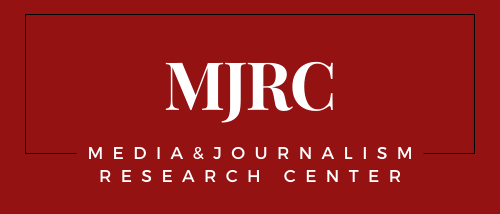How Is Journalism Financed in Mexico?
A new report issued today analyzes the sources of financing in Mexican journalism.
The Mexican media system is characterized by being political-clientelistic, with limited pluralism and liberal aspirations, and with a high degree of concentration in the television and telecommunications sectors. These conclusions are drawn from a new report published today by the Media and Journalism Research Center (MJRC) in collaboration with OBSERVACOM, the University of Santiago de Compostela (USC) in Spain, and the Metropolitan Autonomous University Cuajimalpa in Mexico.
“At present, its main characteristics include: notably low levels of newspaper circulation; regional and local atomization; the preeminence of opinion journalism over investigative journalism; the dominance of commercial multimedia media groups; and a close relationship with political entities at municipal, state and federal levels,” the authors of the report wrote.
They also point out the constant temptation and tension of the governments to convert or use public media as official or government media.
In addition, organized crime, mainly drug trafficking, is affecting local media. Mexico has been considered one of the most dangerous countries for practicing journalism, as journalist murders have increased alarmingly during the first two decades of the 21st century.
The centrality of television is another characteristic of the Mexican media system. Television has historically been Mexican audiences’ primary source of information, entertainment, and cultural consumption. However, television has been displaced by the Internet in the advertising industry and now represents approximately one-fourth of the advertising market.
The complete report can be read here.
See the Mexico page in the Media Influence Matrix project here.
Photo: MJRC screenshot database
Support independent media research – your donation helps keep our work open.
Donate
